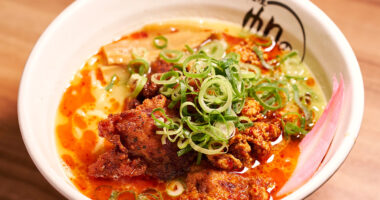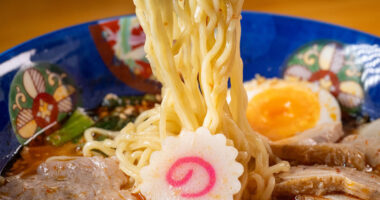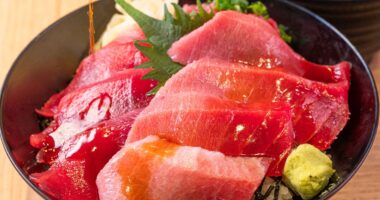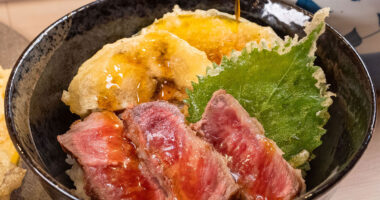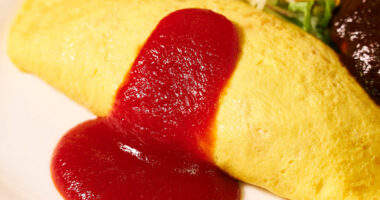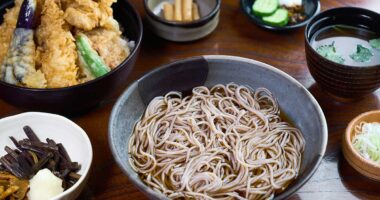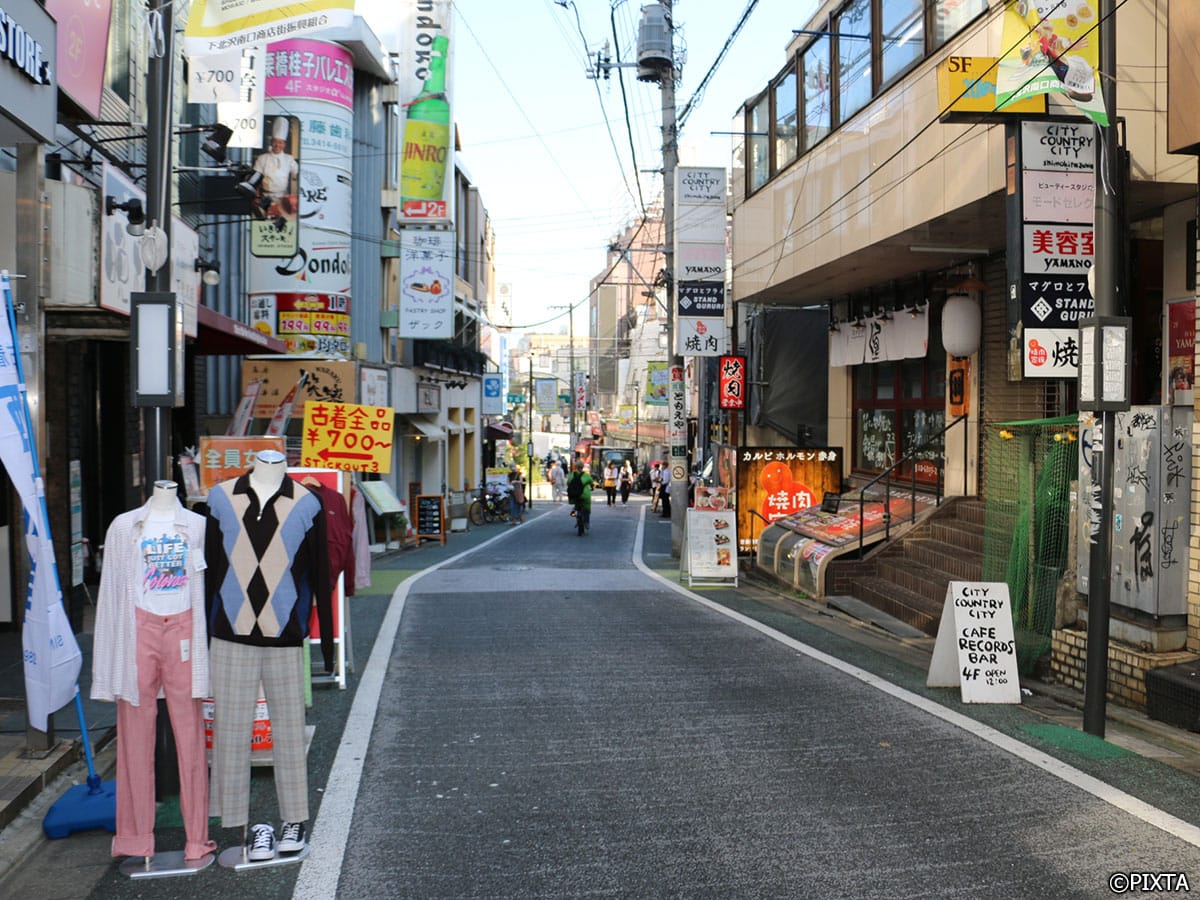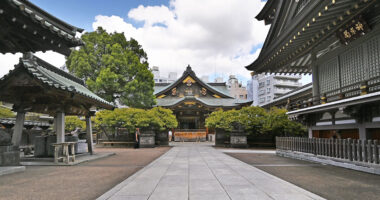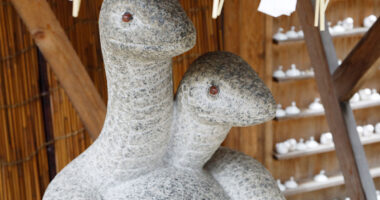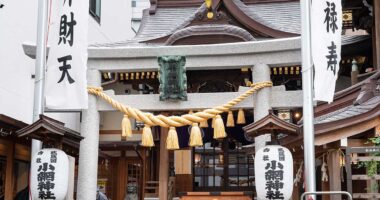Due to its unique historical background, Okinawa has developed a rich and distinct culture unlike that of mainland Japan.
This includes a diverse food culture, and in recent years, more and more restaurants in Tokyo offer Okinawan cuisine. Among them, “Dachibin” in Kōenji stands out for its long-standing history.
Founded in 1978, Dachibin has become a pioneer of Okinawan food in Tokyo and has been loved by generations of customers.

At the north exit of Koenji Station, there’s a lively dining district extending northwest. Walking about 3 minutes down Central Road, you’ll arrive at “Dachibin,” impressive with its traditional Okinawan house-style storefront.
The first floor features counter seats where you can view the kitchen, with tatami seating areas in the back.

Second floor of Dachibin
On the second floor, you’ll find a mix of counter, table, and tatami seating—perfect for anything from solo visits to group outings.
Open until 5:00 AM, it’s a great place to relax and enjoy Okinawan flavors without worrying about the time.
Enjoy Okinawan food and drink in a lively setting
The clientele ranges from local regulars to tourists visiting from afar.
The staircase to the second floor is lined with customers’ personal bottles—proof of the restaurant’s enduring popularity.
One of the joys of being a regular here is the “bottle keep” system. Purchase a bottle on your first visit, and from your second visit on, you can enjoy your own designated bottle by paying a “bottle charge.”
One of the pleasures of dining at Dachibin is pairing dishes with your very own drink.
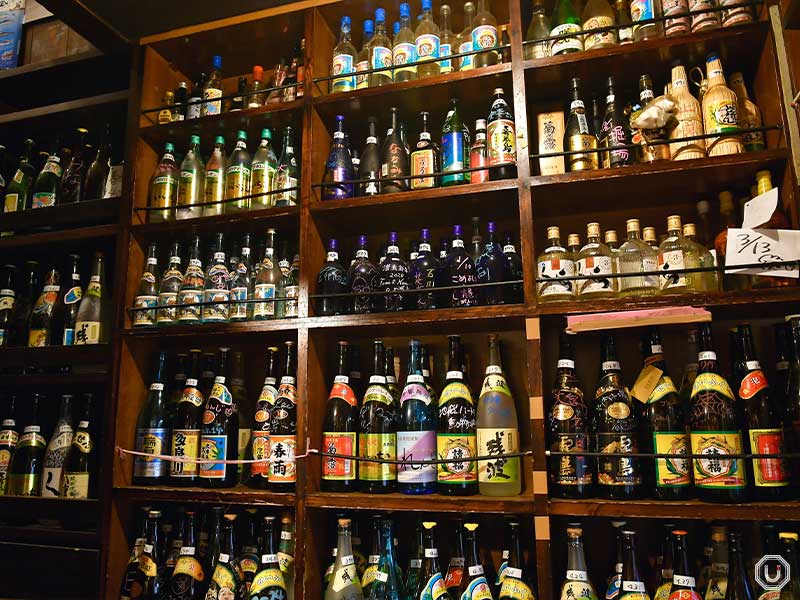
Bottles kept by regular customers
The drink of choice in Okinawa is awamori, a type of shōchū. Most of the bottles kept at Dachibin are awamori, often stored in large 1.8-liter bottles that provide a great visual impact—something you’ll rarely see elsewhere.
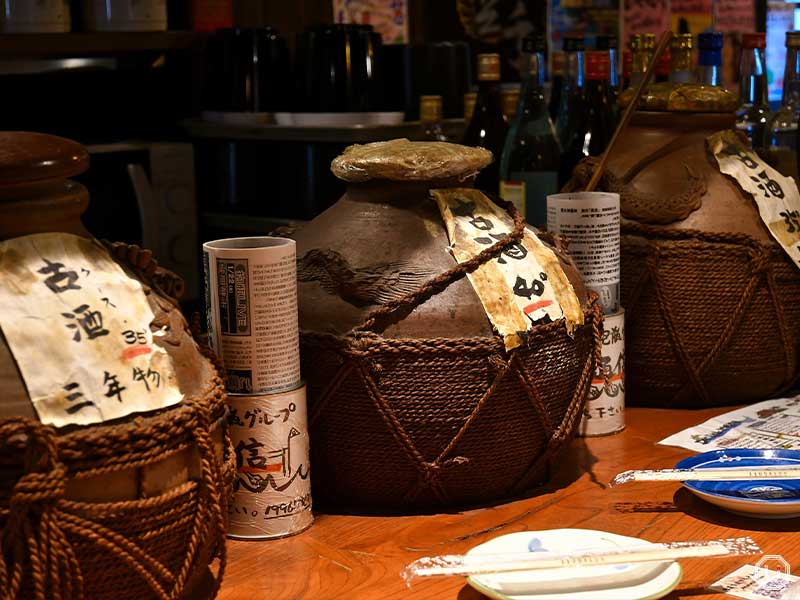
Long-aged awamori is called kusu and is known for its mellow, profound flavor.
Though traditionally seen as rare and valuable, Dachibin offers a wide variety.
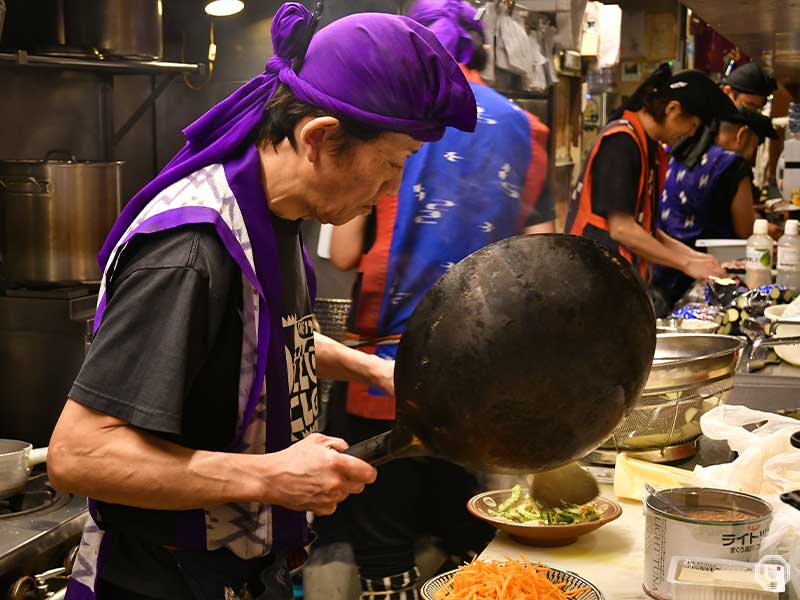
Take note of the staff’s outfits—many are dressed in colorful costumes worn during Eisa, a traditional Okinawan folk dance. It adds to the vibrant, energetic feel of the restaurant.
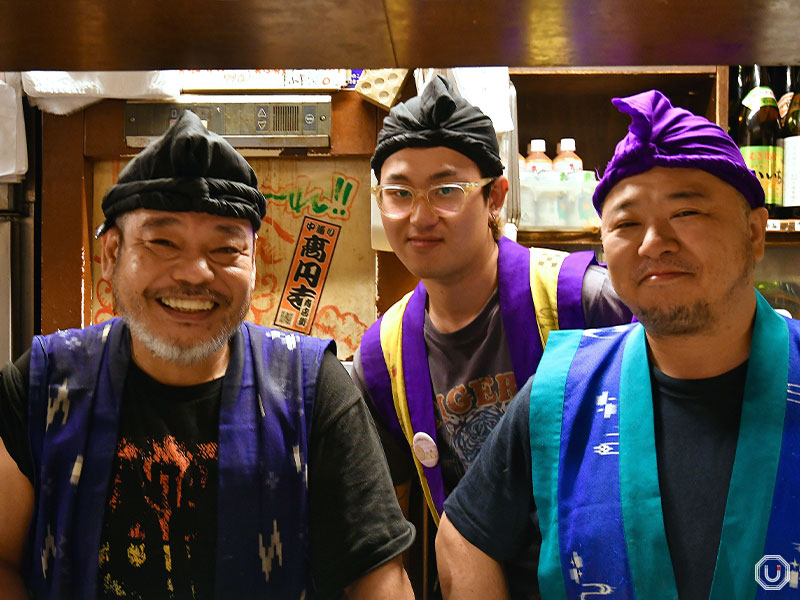
Owner Kantaro Takahashi (far left) with his staff. Their warm camaraderie is part of Dachibin’s charm
Koenji has long been known as a neighborhood where many dream-chasers—such as aspiring musicians, actors, and comedians—choose to live. Many of the staff at Dachibin are said to be among them.
Savor the diverse flavors of Okinawan food
Dachibin was opened as the successor to “Kiyoka,” an Okinawan restaurant founded by the current owner Kantaro Takahashi’s mother, Junko, who came to Tokyo from Ishigaki Island.
Kiyoka, located just near Dachibin, was established in 1961. Both restaurants are highly recognized and often mentioned first when it comes to Okinawan cuisine in Tokyo.
The menu focuses on classic dishes that are beloved in Okinawan households.
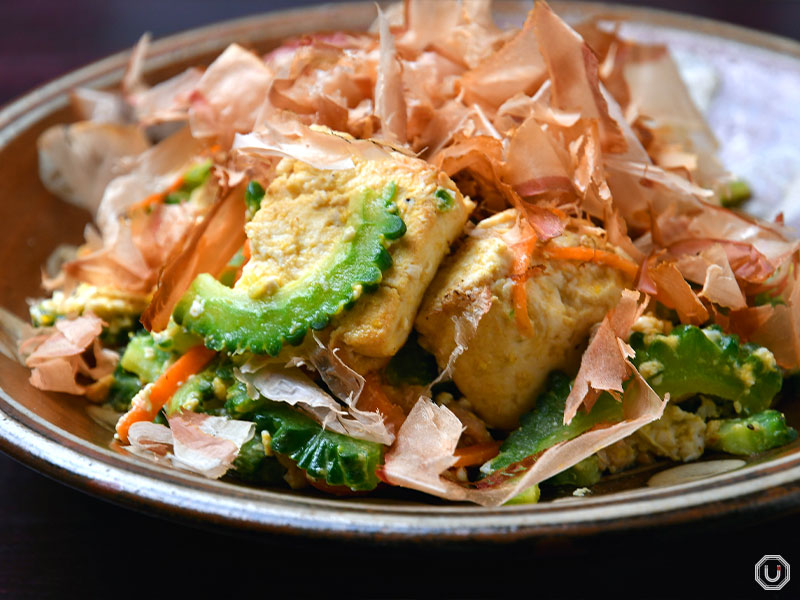
“ゴーヤーチャンプルー,” Goya Champuru 880 JPY (tax included)
“Gōyā champurū,” featured on the menu, is a quintessential Okinawan dish.
“Champuru” is an Okinawan word that means “mixed” or “stir-fry.”
The dish consists of gōyā (bitter melon), pork, shima-dōfu (Okinawa’s traditional firm tofu, literally “island tofu”), and eggs stir-fried with bonito broth.
The generous sprinkling of bonito flakes softens the bitter melon’s bitterness, combining with the rich island tofu flavor to create a mellow overall taste.

“人参しりしり,” Ninjin Shirishiri 770 JPY (tax included)
“Ninjin Shirishiri” is also one of Okinawa’s classic home-style dishes. At Dachibin, it’s made by stir-frying thinly sliced carrots with tuna and egg.
In Okinawa, where typhoons are common, canned foods are often used as pantry staples. That’s why, along with pork luncheon meat, canned tuna is a frequently used ingredient in local cooking.
Though a simple dish, the carrots’ sweetness and tuna’s savory depth create a simple yet satisfying combination.

“スヌイの天ぷら,” Sunui Seaweed Tempura 825 JPY (tax included)
“Sunui” is the Okinawan word for mozuku, a type of seaweed.
At Dachibin, they serve tempura made with thick Okinawan-grown mozuku. The pleasantly chewy texture and flavor really shine when eaten freshly fried with a sprinkle of salt.
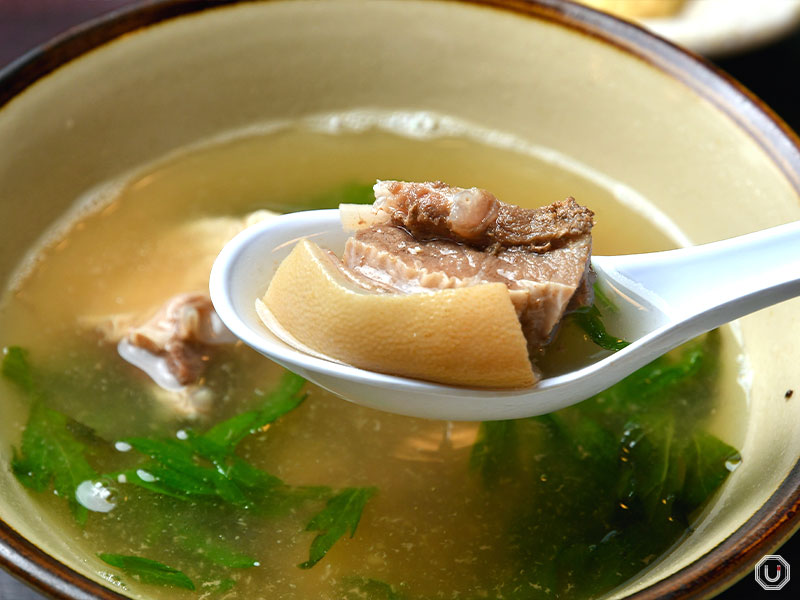
“山羊汁,” Yagi-jiru 1,760 JPY (tax included)
Goat meat has long been eaten in Okinawa, where it’s known as hījā in the local dialect and valued as an important source of protein.
Because of that, dishes like “yagi-jiru” (goat soup) were traditionally served on celebratory occasions.
Goat meat is known for its distinct flavor, but the yagi-jiru at Dachibin has a milder taste and is surprisingly approachable.
It’s definitely worth trying at least once!
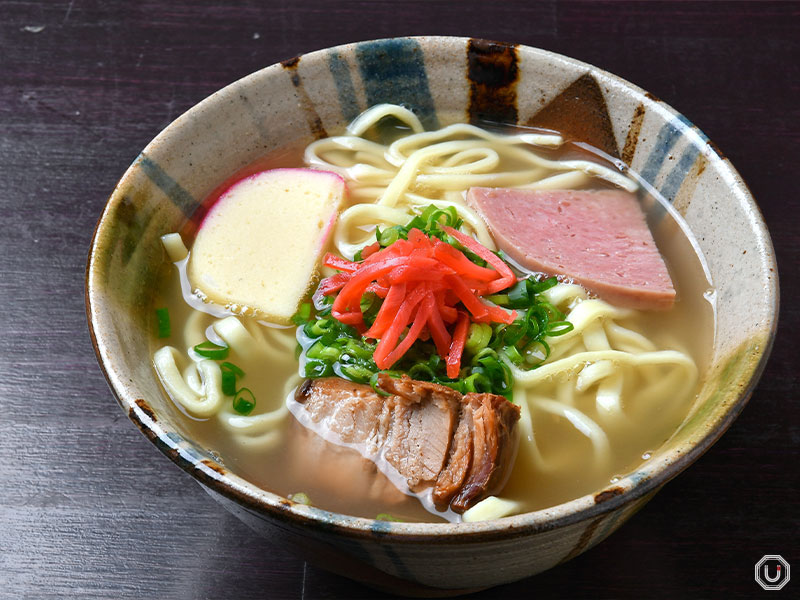
“沖縄そば,” Okinawa Soba 770 JPY (tax included)
“Okinawa Soba,” made with a rich soup combining pork bones, bonito, and chicken stock, and served with thick, straight noodles, is the perfect way to finish a meal or a night of drinking.
The house-made broth has a bold yet gentle flavor—an expression of Dachibin’s dedication to quality in every bowl.
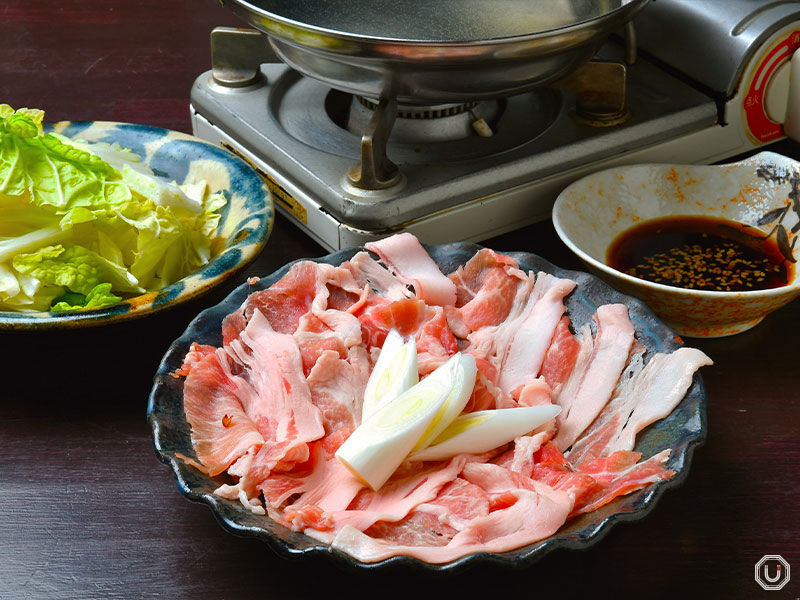
“アグー豚のしゃぶしゃぶ,” Agu Pork Shabu-shabu 1,320 JPY (tax included)
While Dachibin offers a variety of hot pot dishes during the colder months, their “Agu Pork Shabu-Shabu” is available year-round.
Agū pork, a premium brand of pork from Okinawa, is known for its tender, finely textured meat and rich umami flavor with a hint of sweetness.

Once the vegetables are cooked, briefly dip the meat into the hot pot and cook it just enough—this is the key to enjoying it at its best.
Since it’s pork, it does need to be fully cooked, but overcooking will make it tough, so be sure to eat it at just the right moment.

“ブルーシールアイス 紅芋,” Blue Seal Ice Cream (Ben-imo) 495 JPY (tax included)
When it comes to Okinawan desserts, Blue Seal Ice Cream is a classic choice.
It’s made by Okinawa-based ice cream company Blue Seal, and Dachibin offers two flavors: vanilla and beni-imo, a sweet purple Okinawan sweet potato..
It’s the perfect way to refresh your palate after a meal.
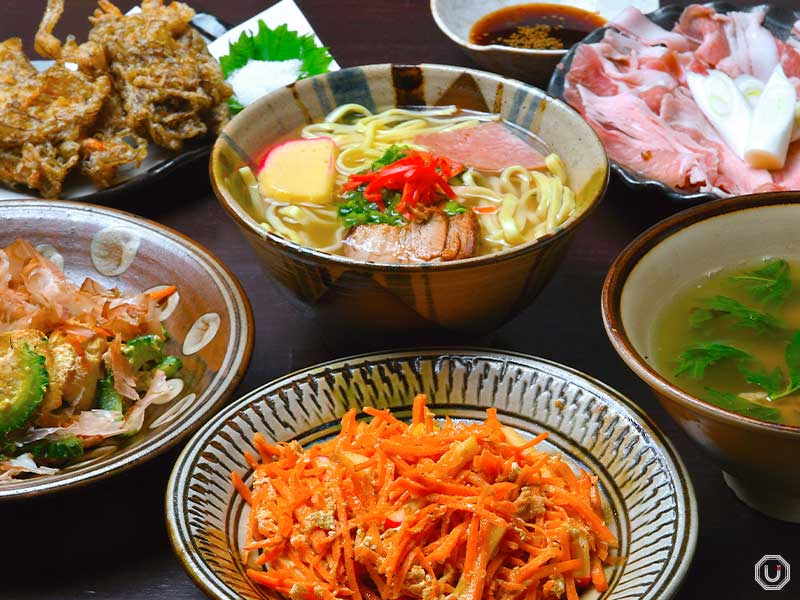
Despite its long history, Dachibin’s menu stays true to the basics of Okinawan home cooking.
They continue to preserve traditional flavors because their owner upholds the motto “Trends may pass, but culture remains.”
Every dish here is heartfelt and down-to-earth, like being invited into someone’s home in Okinawa. The portions are generous, and both your heart and your stomach will leave full.
Live music is also held regularly, filling the space with even more energy. It’s a truly spirited place to recharge with the warmth of Japan’s southern islands.
Information
| Store name | 抱瓶 Dachibin |
|---|---|
| Address | 3-2-13 Kōenjikita, Suginami-ku, Tokyo
|
| Access |
Kōenji Station 3-minute walk from Kōenji Station North Exit
|
| Phone number | 03-3337-1352 |
| Reservations | Accepted Phone |
| Payment |
|
| Service charge / Table charge | Service charge 330 JPY (tax included) |
| Hours | 17:00-5:00 AM |
| Closed | No fixed holidays Unscheduled holidays |
| Seating | 119 seats 24 counter seats, 60 table seats, 35 tatami room seats |
| Smoking | All seats are non-smoking a smoking room is available outside the restaurant |
| Official website | http://www.dachibin.com/ |
| Other information |
|
※Menu contents, prices, store information, etc. are current as of June 2025.

